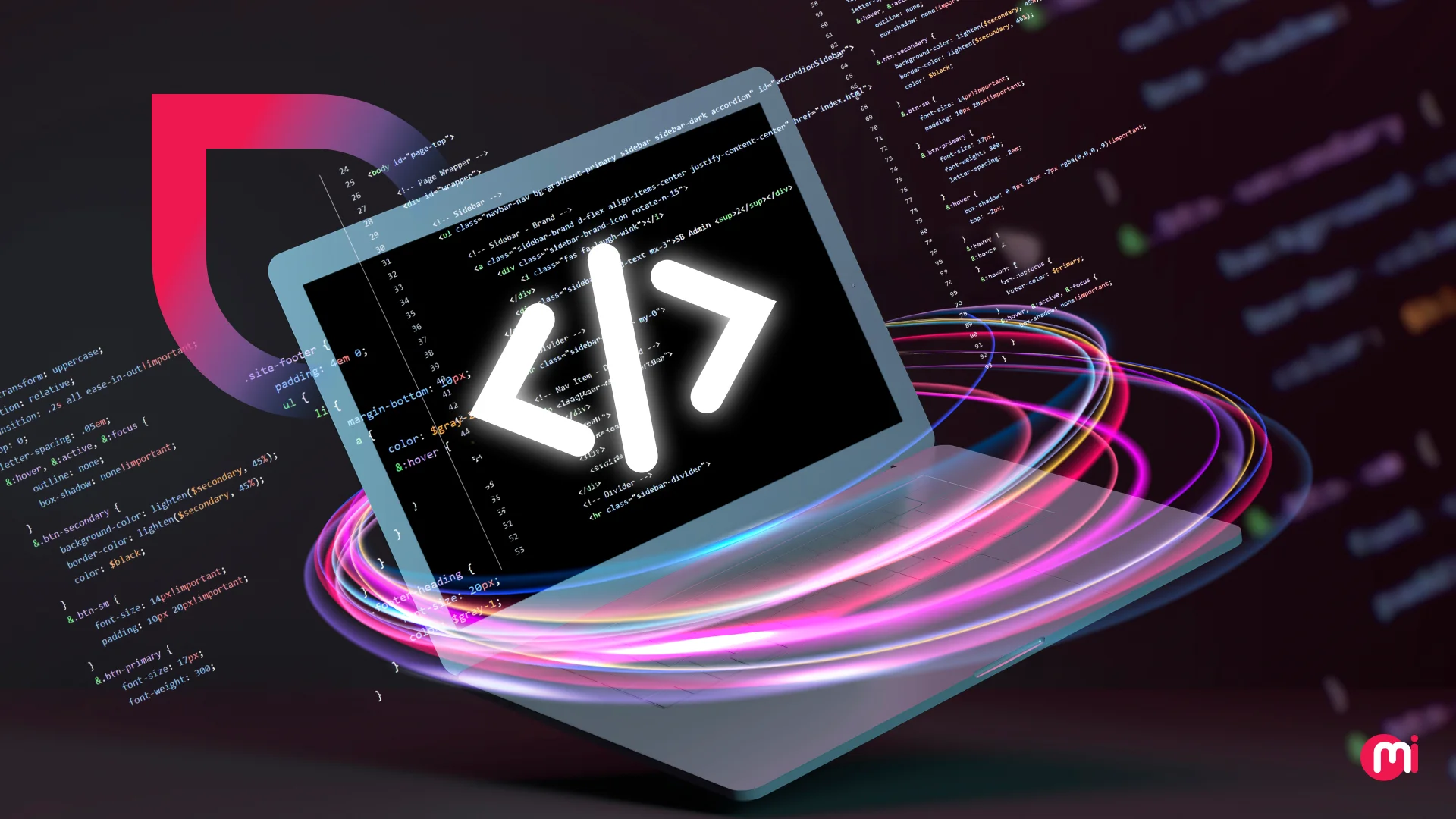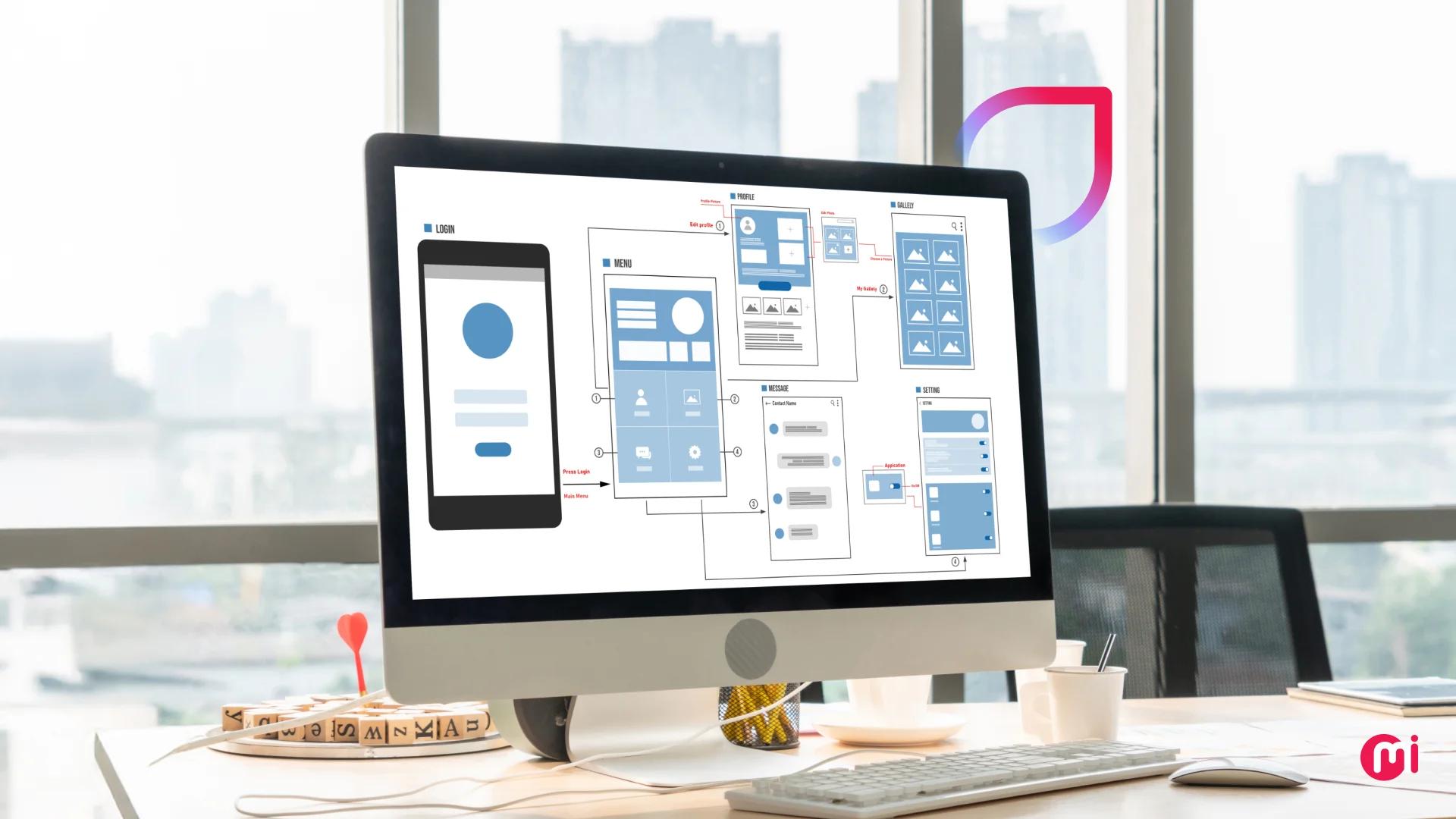Why Cloud-Native App is Considered the Future of Software Development?
- Software
- June 4, 2020
Cloud-native means everything that is made and run in the cloud. Encourage your organization by making the cloud-native app development procedure more proficient, infrastructure more adaptable, and architecture more moldable. These apps help companies handle disruptive challenges also.
Corporate giants like Uber, Pinterest, and Netflix are increasing cloud-native capacities for bringing technological disruption. A report predicts that in 2020, 32% of organizations would be using cloud-native.
According to IBM Cloud-native development report, 55% of applications built in the next one year will also use the same approach. Furthermore, Gartner anticipated a cloud transition of 28% by major enterprise IT markets, as of 2022.
Affordable development cost and other business-related benefits have caused the entrance of cloud-native technology in nearly all categories of mobile applications.
Let’s discuss more about cloud-native app development and why it is considered the future of software development!
What is Cloud-Native App Development?
Widely speaking, cloud-native is an all-new way of building applications that utilizes cloud computing as its base. Basically, it means that the software that is built is located in the cloud instead of an in-house server.
Nevertheless, instead of the ‘where’, the defining element to consider about cloud-native development is the ‘how’, as the model has a distinct approach to software development than the one we are familiarized with.
Key Attributes of Cloud-Native Apps
Now let’s put some light on the key attributes of cloud-native apps without wasting any more time!
1. Containers
A cloud-native app is a collection of Microservices and containers that can both scale-in and scale-out according to the demand. As the containers deal with the scaling, the use of infrastructure is also optimized.
2. Polyglot
Every service in cloud-native apps is built utilizing a framework or language. As all the app services are loosely-paired, the developers can reap the benefit of using various frameworks, programming languages, and runtime for different services.
3. Microservices
An app is a combo of loosely-paired services in the microservice architecture. As these services don’t depend on each other, constant app scaling and distribution of new features can be easily done.
4. Server & Operating System
As cloud-native apps are containerized, they don’t depend on the underlying server or OS. So, they work at an abstract level.
Nevertheless, when a microservice requires some capacities like solid-state drivers or graphic processing units, it can be exclusively provided by a device’s subset.
5. DevOps Processes
In a cloud-native app, there is a separate life cycle for every service. DevOps manage these services. The Microservices are constantly distributed and combined for handling these apps, using cloud services.
6. Automation
To make cloud-native a reality, automation plays a major role. Applications that are built for running and scaling in the cloud require a distinct approach and automation is one of them.
It’s required to handle complex and large applications. Cloud-native applications can be automated highly as they use the concept of infrastructure as code.
7. Infrastructure
Cloud-native applications are distributed on elastic, shared, and virtual infrastructure. This infrastructure contains hardware and software that are needed for running the apps.
Moreover, the infrastructure incorporates distribution pipelines, data centers, OS, configuration management, and other software essential for supporting the apps. Effective and efficient cloud-native infrastructure helps businesses enhance time-to-market and iterations.
8. Platform & Architecture
Speed is important and so does the architecture for cloud-native apps to deliver and iterate the app’s performance fast. Durable and persistent services choose patterns that assure higher availability and resilience. Stateless services remain separate from stateful services.
The cloud-native architecture helps developers use platforms as a way of abstracting away from depending on infrastructure.
The team can concentrate on the software not on maintaining OS, patching, and configuring. One of the effective ways of abstraction is a platform that is perfect on cloud-based infrastructure, a formalized platform.
9. Resources
Cloud-native applications connect with the governance models and maintain policies like CPU, quotas, and networks that allocate resources to services. Central IT in a company allocates resources for all departments. Teams in all departments can use and get the resources’ ownership.
10. API-based Communication
To reveal the functionalities, cloud-native Microservices depend on APIs that depend on REST (Representational State Transfer) or other same protocols.
These designs make sure direct datastore reads, shared memory models, or risk of direct linking. Binary protocols are chosen for internal services’ improved functionality.
Reasons to Choose the Cloud-Native App Development
Several reasons are there to go for developing a cloud-native app:
1. Auto-scaling
Different organizations choose cloud-native, particularly because of this feature. At the time of coding, you can apply the auto-scaling feature to the system’s particular parts. These parts will scale out with no manual interruption amid traffic spikes.
2. Tools for Management and Monitoring
Cloud-native apps’ auditing and monitoring have become optimized with different tools. You can utilize platforms like AppDynamic, Datalog, and Newrelic for checking containers and Microservices.
For debugging your app, utilize Open Tracing and Zipkin, while for log aggregation, Fluentd, Splunk, and Elasticsearch are the preferred choices.
3. Affordability
An adequate number of cloud-native tools allow uniformity of tooling and infrastructure. Businesses can anticipate lower prices because of this factor and the cloud-native architecture’s open-source model. No server and other improved capacities allow the enterprises to pay-per-use estimate time in milliseconds.
4. Dependable Systems
The use of microservice architecture and Kubernetes allows you to build apps that can bear faults. In the case of different types of problems, they can self-heal. Moreover, the app processing shifts to a new data center amid failure. This capacity of managing outages lowers failure’s chances.
5. Teams Can Concentrate on Deliverables
The team can concentrate just on important business needs, instead of wasting time on the infrastructure details. The developers can remotely access the system from their location. Also, the process becomes more productive and faster.
Is Cloud-Native App The Future Of Software Development?
In case you were to ask the experts of the industry of software development, who are utilizing it already, they will definitely answer that, yes, cloud-native technology is the future of software development.
If you read the aforesaid benefits it brings to us, it surely appears like the role model for future app development.
Nevertheless, there are a few challenges to win over first:
1. Service Integration
Since a cloud-native app is designed with several services, the developers might consider it challenging for connecting them. They should make sure that each service is well-sized.
They must try to lower the number of services since it can translate into maximized integration and complexity-related challenge. A trustworthy cloud-native developer makes sure the handling and building of these apps have no such challenges.
2. Data Storage
Serverless functions and containers used through an immutable infrastructure model generally are not sufficient for permanent data storage. The reason is the disruption of total internal data when the app turns off.
3. Data Security
A cloud-native app developer should have methods to shield data from unauthorized access. This is relevant amid shift, while in utilization, or at rest. A few tools like IBM Key Protect, Intel SGX, and IBM Certificate Manager are used by developers for maintaining data security.
4. Complexities during Migration
In case a cloud-native app is distributed on a particular cloud, there are possibilities that APIs used in that app will not work on another cloud service. This occurs when a native cloud API completely belongs to a specific public cloud. And these APIs also cannot work in a local environment.
5. Hard To Work in Synergy
At the time of working on particular applications, it can be difficult to bring different development teams and developers on a similar page. Sometimes the use of the DevOps pipeline is difficult, as experts find it challenging to work with one another.
Do these challenges imply the failure of cloud-native technology? NO! They just tell about a growing model that has some extraordinary perks to it and whose underlying logic can change the game for the development sector. Just time will say whether the model will work, but, as it stands currently, cloud-native development absolutely feels like it has what it takes for becoming the latest standard.
Getting Started With Cloud-Native Apps
During the period of the Coronavirus outbreak, many businesses have chosen a work-from-home strategy. The data security challenges have increased in such tough times and currently, tech companies are moving to cloud solutions for a smooth shift.
Depending on containerization, cloud-native technology reduces stress from the physical infrastructure without compromising with data security.
If you also want to build a cloud-native software development solution, incorporate features that support deployment and collaboration teams. A benefit of cloud-native technology is that you should not change anything regarding the workload when moving from a server to another.

Bottom Lines
To build a cloud-native app, you have to understand which cloud service works amazingly for your app, in terms of cost and efficacy. You can choose one or more cloud services. Nevertheless, which service you will choose needs lots of comparison for numerous factors.
For help, you can connect with the industry-best cloud-experts through consultations. The team can assess your app requirement and recommend the best cloud service to get started with the cloud-native app development.













